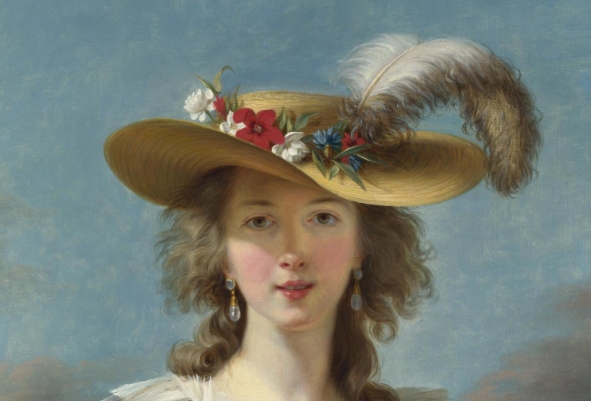Elisabeth Louise Vigée Le Brun was a prominent French painter of the 18th century, known for her portraits of European royalty and nobility. One of her most famous works is her self-portrait, which gives us a glimpse into her life and legacy.
Early Life and Career
Born in 1755 in Paris, Vigée Le Brun showed an early talent for painting and received formal training at a young age. She quickly gained recognition for her portraits, which were highly praised for their delicate brushwork and emotional depth.
Rise to Prominence
Vigée Le Brun’s career took off when she was commissioned to paint Marie Antoinette, the Queen of France. The resulting portrait captured the queen’s beauty and grace, cementing Vigée Le Brun’s reputation as one of the most sought-after portrait painters of her time.
Exile and Legacy
During the French Revolution, Vigée Le Brun fled France and embarked on a successful international career, painting for royalty and nobility across Europe. Her self-portrait, painted in 1782, is a testament to her skill and self-assurance as an artist.
The Self-Portrait
In the self-portrait, Vigée Le Brun presents herself as a confident and accomplished painter, dressed in a flowing white gown with a palette and brushes in hand. Her gaze is direct and engaging, showcasing her mastery of capturing emotion and expression in her subjects.
Today, Vigée Le Brun’s self-portrait serves as a symbol of her enduring legacy as a pioneering female artist in a male-dominated field. Her work continues to inspire and influence artists around the world, proving that talent knows no boundaries.
In conclusion, the self-portrait of Elisabeth Louise Vigée Le Brun is a powerful testament to her skill, determination, and lasting impact on the art world. Her story and legacy remind us of the importance of perseverance and passion in pursuing our dreams.



